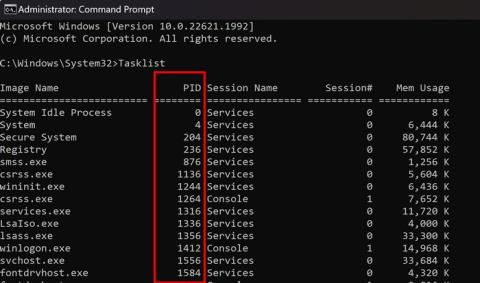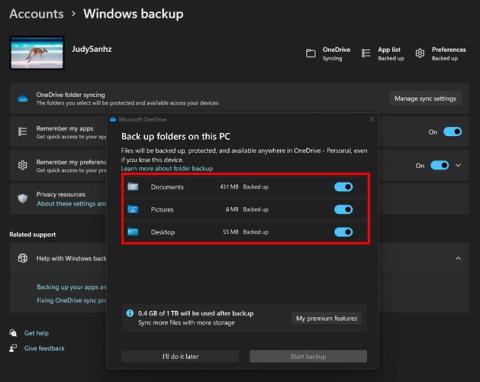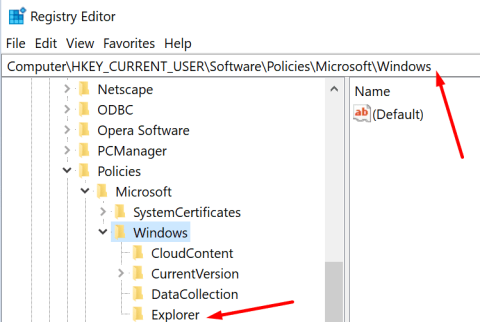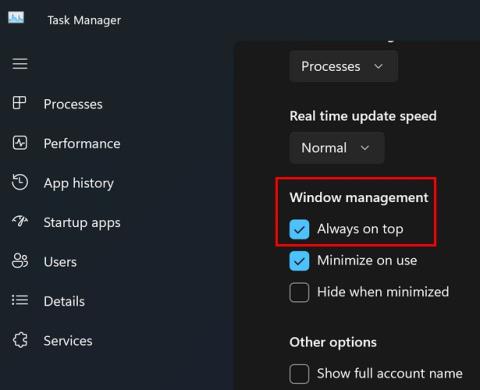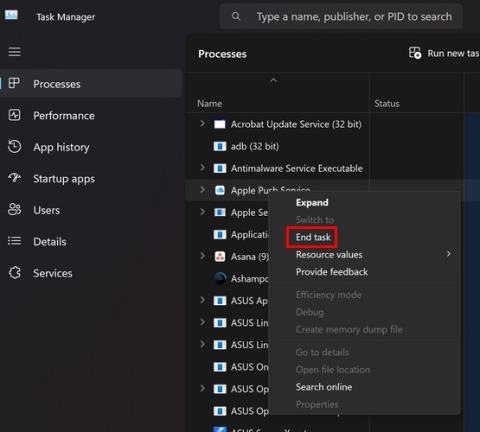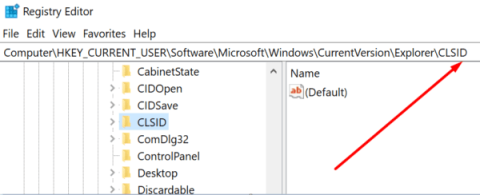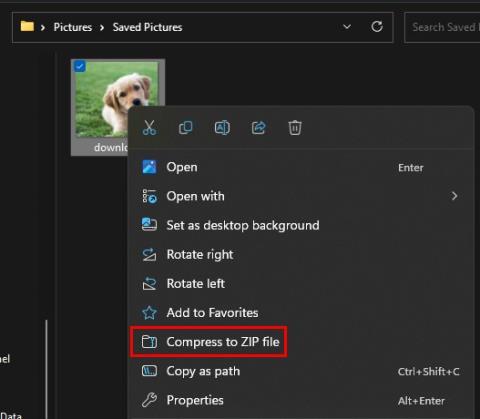A barra de tarefas de Windows foi o centro de toda a atención desde que conseguiu o seu novo aspecto renovado co lanzamento de Windows 11. Agora podes centrar a barra de tarefas, gozar do novo centro de acción, cambiar o seu aliñamento e colocalo a cada lado da pantalla. Desafortunadamente, a implantación desta función non foi exitosa, xa que cada vez máis usuarios loitan para que a súa barra de tarefas funcione en Windows 11 durante uns meses.
Aínda que Microsoft recoñeceu o problema, emitiu unha solución e actualmente está a traballar nunha solución, os usuarios aínda parecen non poder facer que a barra de tarefas funcione de novo. Se estás no mesmo barco, compilamos unha lista de todas as correccións dispoñibles para que a túa barra de tarefas volva a funcionar en Windows 11. Siga a guía a continuación para comezar.
Contidos
Por que non se mostra a miña barra de tarefas?
A barra de tarefas de Windows 11 ten un novo aspecto que vén dunha versión renovada do seu funcionamento. A barra de tarefas depende agora de varios servizos e do propio menú Inicio para funcionar correctamente. Parece que o proceso de actualización de Windows 10 a Windows 11 parece desordenar a barra de tarefas dependendo da versión de Windows 10 que instalou no seu sistema e da versión de Windows 11 á que estea a actualizar.
Ademais, unha recente actualización de Windows publicada o mes pasado tamén parece estar causando este problema para algúns usuarios, mentres que outros se enfrontan ao mesmo debido a que o tempo do sistema non coincide a pesar de ter todo configurado correctamente. Hai moitas formas de arranxar a barra de tarefas e recomendámosche que comeces coas correccións a continuación unha por unha.
12 xeitos de solucionar problemas da barra de tarefas en Windows 11
Use os seguintes métodos para comezar a arranxar a súa barra de tarefas en Windows 11. Se xa intentou reiniciar o sistema, pode omitir o primeiro método.
Solución n.º 1: reinicie o PC
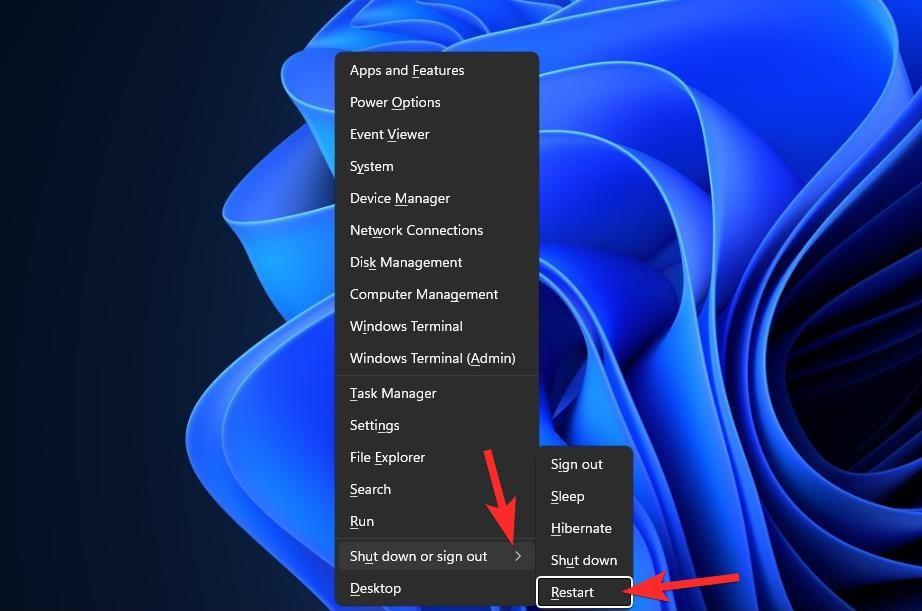
Antes de probar calquera cousa extravagante, é bo probar medidas máis sinxelas, como reiniciar o PC ou o Explorador de Windows (ver a continuación). Ao facelo, o teu sistema fará un reinicio suave, permitindo que os datos se volvan cargar e, posiblemente, solucionar os problemas coa barra de tarefas e o menú Inicio.
Corrección n.º 2: asegúrese de que "Ocultar automaticamente a barra de tarefas" estea desactivada
Preme Windows + ino teu teclado e fai clic en "Personalización" á túa esquerda.
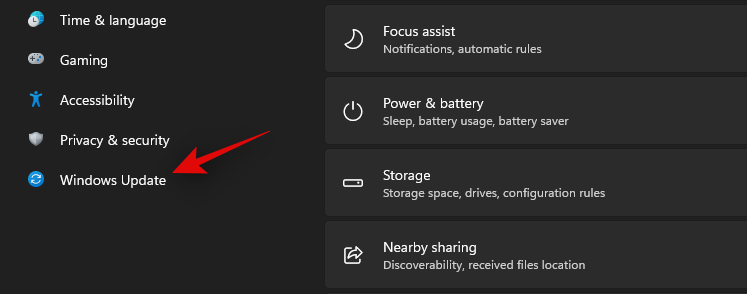
Fai clic en "Barra de tarefas".
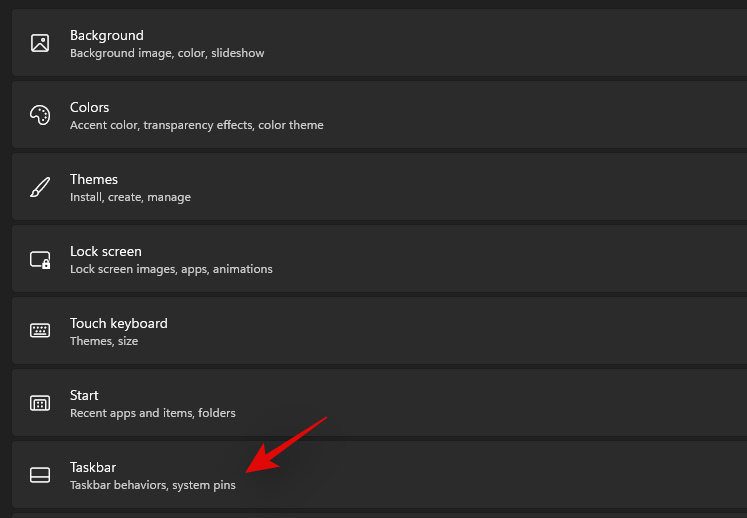
Agora fai clic en "Comportamentos da barra de tarefas".
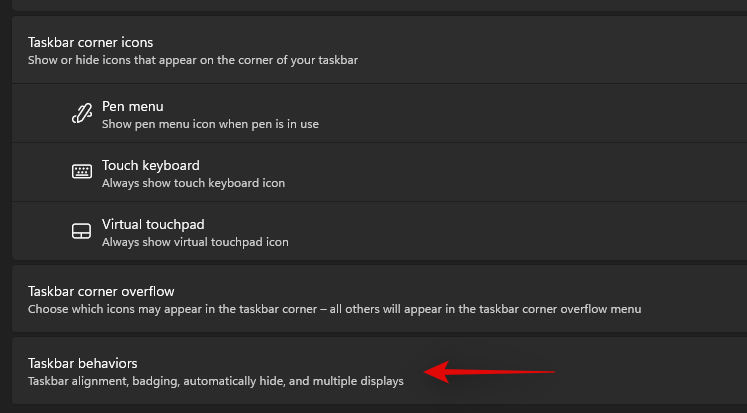
Desmarque a caixa de "Ocultar automaticamente a barra de tarefas".

Agora pecha a aplicación Configuración e se a túa barra de tarefas estaba a ocultarse automaticamente, agora debería estar desactivada no teu sistema.
Solución n.° 3: reinicie os servizos necesarios
Como se mencionou anteriormente, Windows 11 renovou a barra de tarefas, o que agora significa que depende de varios servizos para funcionar correctamente en calquera sistema. Reiniciemos todos estes servizos para asegurarnos de que un conflito en segundo plano non impida que a barra de tarefas funcione correctamente no teu sistema.
Preme Ctrl + Shift + Escno teu sistema para iniciar o Xestor de tarefas. Cambia á pestana "Detalles" na parte superior.
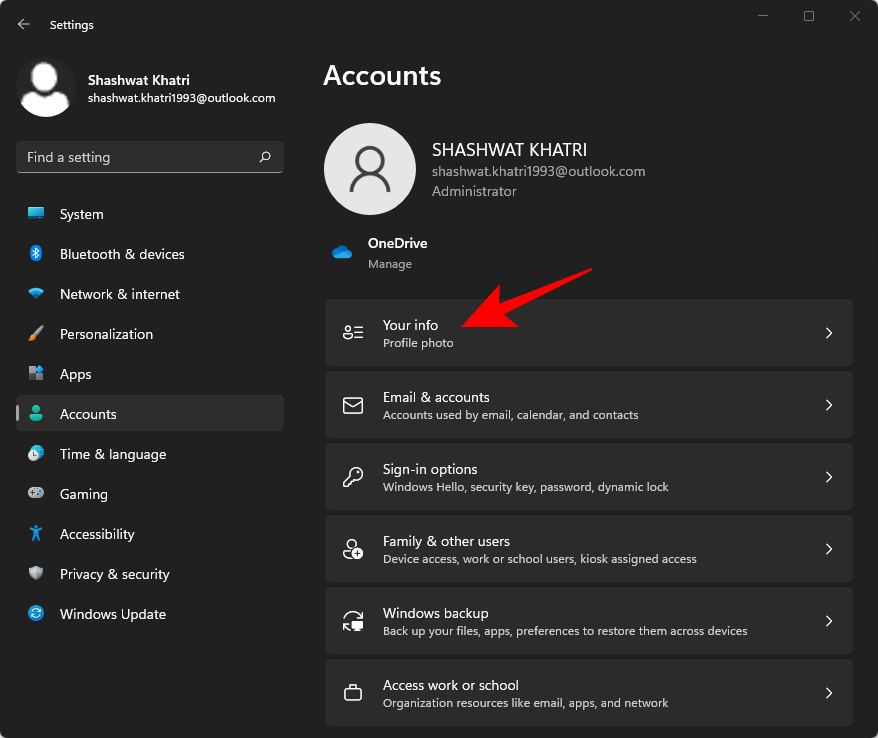
Agora busca os seguintes servizos en execución e selecciónaos facendo clic neles. Preme "Eliminar" no teu teclado e confirma a túa elección seleccionando "Finalizar proceso".
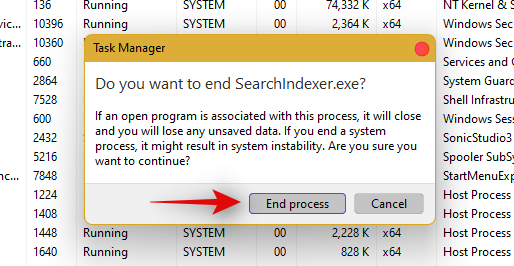
- Explorer.exe
- ShellExperienceHost.exe
- SearchIndexer.exe
- SearchHost.exe
- RuntimeBroker.exe
Reiniciemos agora o Explorador de Windows. Fai clic en "Ficheiro" na esquina superior esquerda e selecciona "Executar nova tarefa".
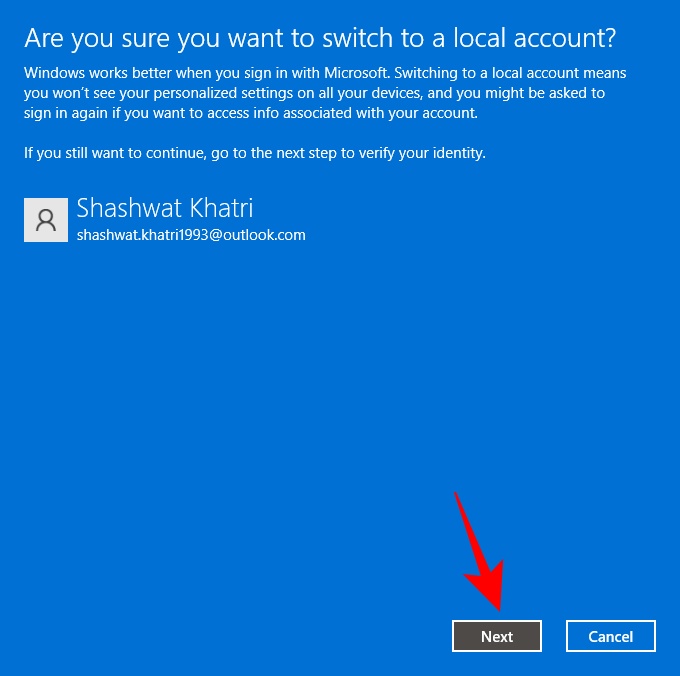
Escriba "explorer.exe" e prema Intro no seu teclado. Tamén pode facer clic en "Aceptar" se é necesario.
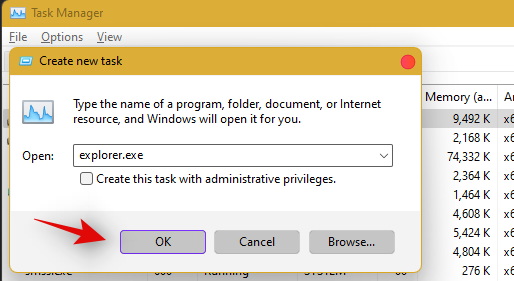
Unha vez que se reinicie o explorador, simplemente reinicie o seu PC para reiniciar outros servizos no seu sistema.
Agora debería restaurarse a barra de tarefas se un conflito de servizos en segundo plano foi a causa do teu problema.
Solución n.° 4: elimine IrisService no Rexistro e reinicie
Prema Ctrl + Shift + Escpara abrir o Xestor de tarefas. A continuación, fai clic en Ficheiro na esquina superior esquerda.
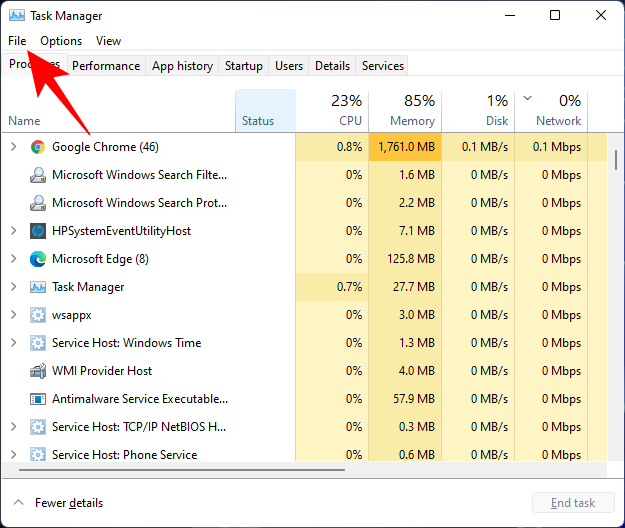
Seleccione Executar nova tarefa .
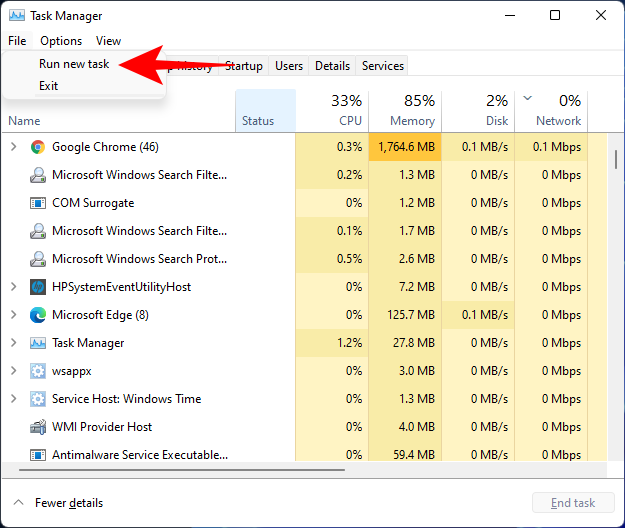
Escriba cmd e prema Intro.
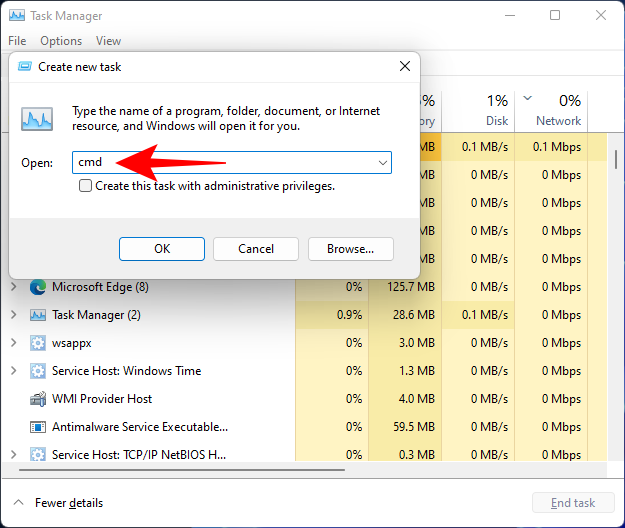
Isto abrirá unha instancia elevada do símbolo do sistema. Agora copie o seguinte comando e pégueo no símbolo do sistema:
reg delete HKCU\SOFTWARE\Microsoft\Windows\CurrentVersion\IrisService /f && shutdown -r -t 0

A continuación, prema Intro. En canto o faga, o seu PC reiniciarase. Unha vez que se inicie, as cousas deberían volver á normalidade, incluída a barra de tarefas.
Solución n.° 5: Engade Desacoplamento desactivado no Rexistro
Press Ctrl + Shift + Esc to open the Task Manager. Then click on File (top left corner) and Run a new task.
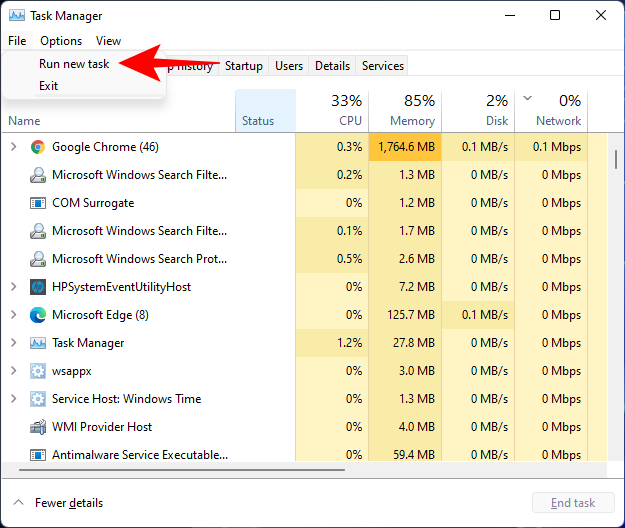
Type regedit and hit Enter.

This will open the Registry Editor. Now navigate to the following address:
Computer\HKEY_LOCAL_MACHINE\SOFTWARE\Microsoft\Windows\CurrentVersion\Shell\Update\Packages
Alternatively, just copy the above and paste it into the Registry Editor’s address bar, like so:

Once you press Enter, you’ll be directed to the specified key. On the right, right-click on space and select New > DWORD (32-bit) Value.
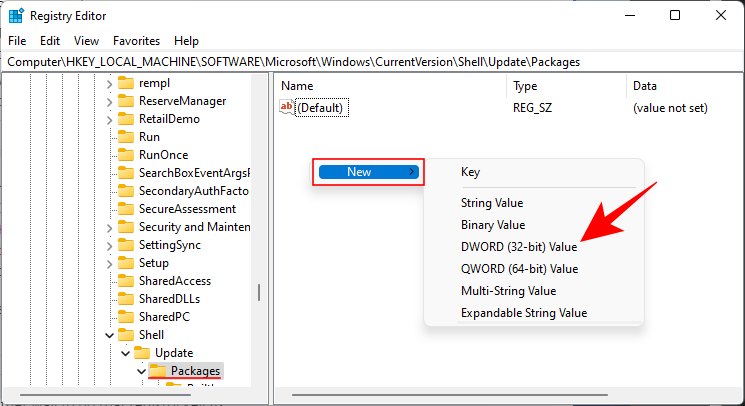
Name this newly created DWORD UndockingDisabled.
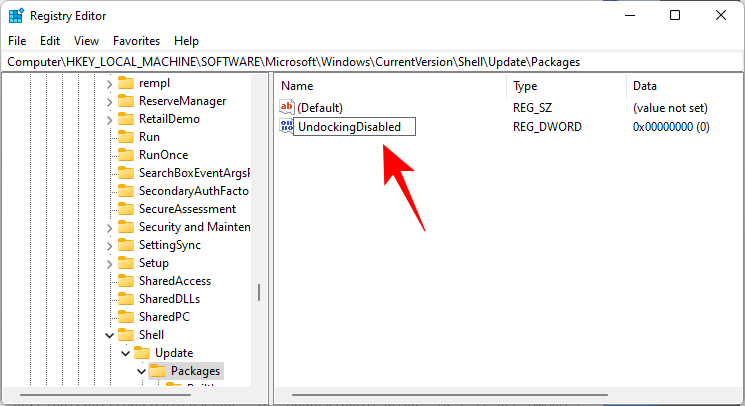
Then double-click on it and change the “Value data” to 1. Then click OK.
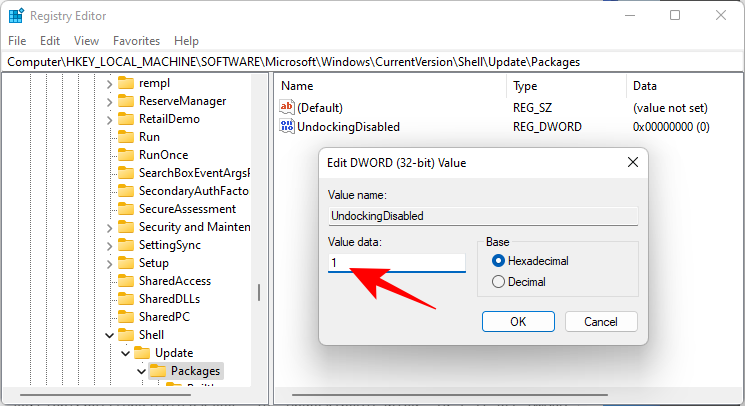
Restart your PC for the changes to take effect.
Fix #6: Run SFC & DISM commands
Press Start, type cmd, and click on Run as administrator.
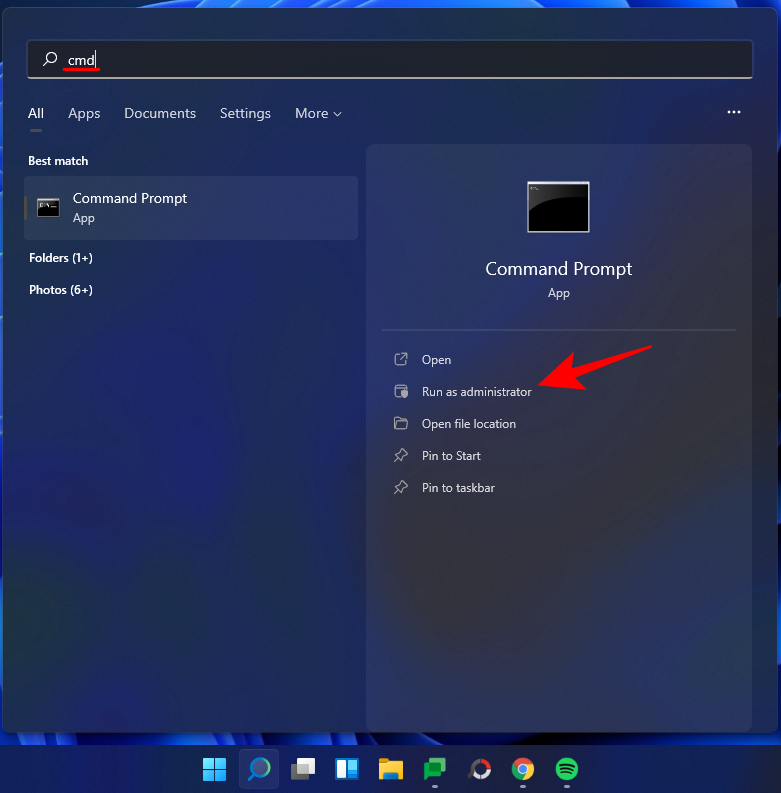
Now type the following command:
sfc /scannow

Press Enter. Wait for SFC to finish scanning and fix any issues found.

Next up, run the following DISM command for the Deployment Image Servicing and Management tool:
dism /online /cleanup-image /scanhealth
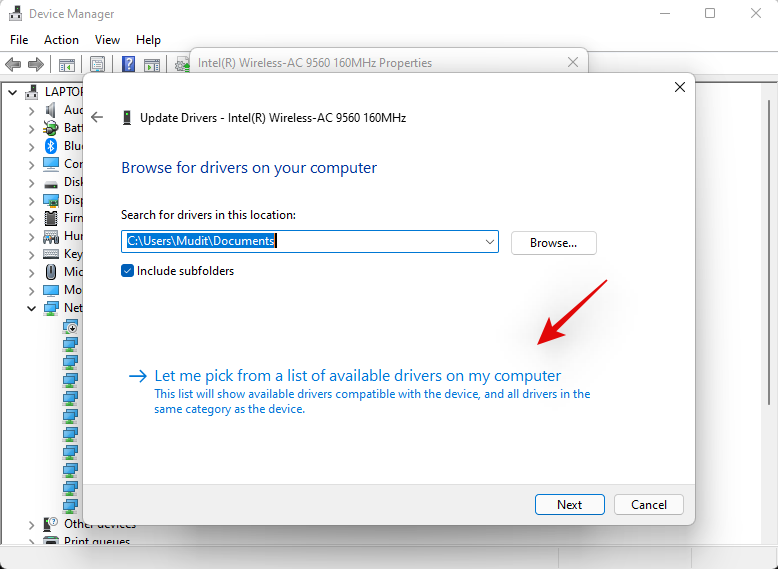
Then press Enter. Again, wait for the scan to complete.

Now, run the following DISM command:
dism /online /cleanup-image /restorehealth

Press Enter. Wait for DISM to restore health.

Lastly, run the chkdsk command to run the Check Disk utility:
chkdsk c: /r

Press Enter. Command Prompt will throw up a message telling you that it “cannot lock current drive… because the volume is in use by another process”, and ask your permission to schedule a scan before the next bootup. Type Y to comply.

And press Enter. Now restart your computer, let the Check Disk tool do its job, and check if the taskbar has resumed normal functioning.
Fix #7: Reinstall UWP
Press Ctrl + Shift + Esc on your keyboard to launch the Task Manager. Click on ‘File’ and select ‘Run new task’.
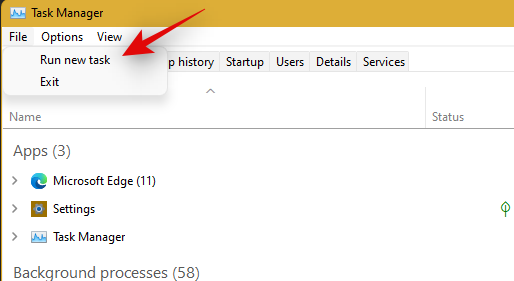
Type in ‘PowerShell’ and press Ctrl + Shift + Enter on your keyboard.
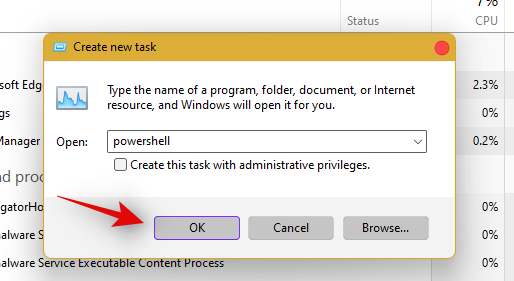
PowerShell will now be launched as an administrator on your system. Type the following command:
Get-AppxPackage -AllUsers | Foreach {Add-AppxPackage -DisableDevelopmentMode -Register “$ ($ _. InstallLocation) \ AppXManifest.xml”}
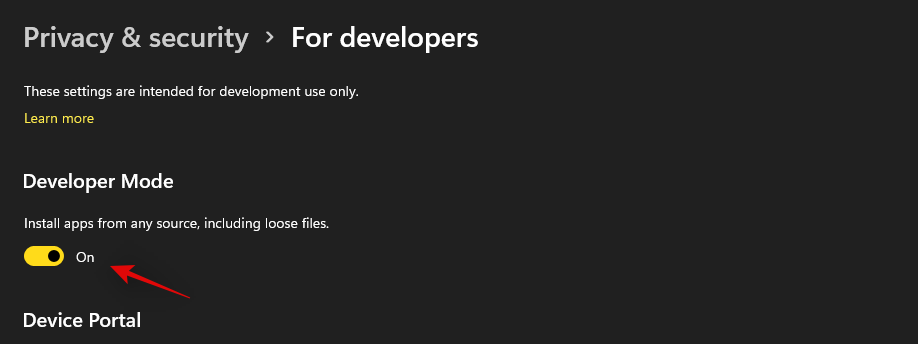
Press Enter. PowerShell will throw up a running list of messages in red. But don’t worry about it. Just wait for the command to finish executing.

Fix #8: Check UAC and add edit Registry if needed
UAC is a must-have for all modern apps and features including the Start Menu and the taskbar. You should first enable UAC if it is disabled and restart your system. If the Taskbar still fails to work for you, then we recommend you try adding a Xaml Start menu value to your Registry Editor.
Adding this value seems to restart and re-register Taskbar services which seem to get Taskbar working again on most systems. Follow the guide below to get you started.
Check and enable UAC if disabled
Press Ctrl + Shift + Esc on your keyboard to launch the task manager. Now click on ‘File’ in the top left corner of your screen and select ‘Run new task’.

Type in ‘cmd’ and press Ctrl + Shift + Enter on your keyboard.
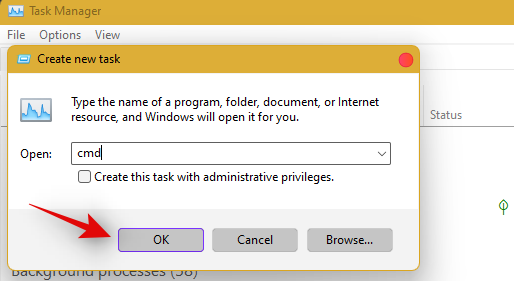
Now type in the following command and press Enter to execute the command.
C:\Windows\System32\cmd.exe /k %windir%\System32\reg.exe ADD HKLM\SOFTWARE\Microsoft\Windows\CurrentVersion\Policies\System /v EnableLUA /t REG_DWORD /d 0 /f

UAC will now be enabled for your system. Restart your PC for the changes to take effect on your system. Once restarted, Taskbar should be up and running on your system if UAC was the issue for you. If not, use the guide below to trigger the taskbar’s functionality on your system.
Add Registry Value
Press Ctrl + Shift + Esc to launch the task manager. Now click on ‘File’ in the top left corner and select ‘Run new task’.

Type in ‘cmd’ and press Ctrl + Shift + Enter on your keyboard.

Now type in the following command and press Enter on your keyboard.
REG ADD "HKCU\Software\Microsoft\Windows\CurrentVersion\Explorer\Advanced" /V EnableXamlStartMenu /T REG_DWORD /D 1 /F
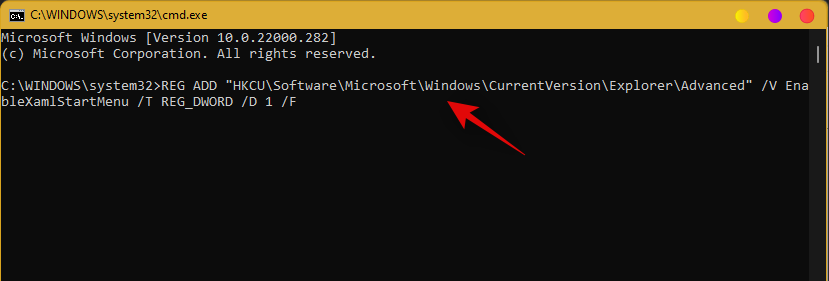
Go back to the task manager now, find Windows Explorer in the list, and right-click on it. Select Restart to restart explorer.exe.
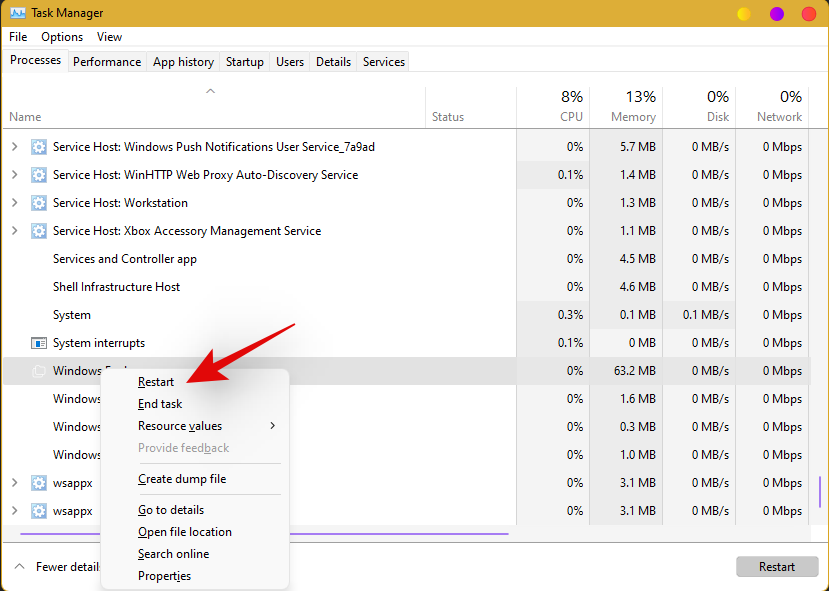
Once restarted, try to access your taskbar. The taskbar should now be available on your system.
Fix #9: Edit date and time to fix Taskbar
Date and Time settings seem to be the major cause of issues with the taskbar in Windows 11. Use the guide below to try out the following time fixes to see which one works the best for you.
Ensure that your time is correctly synchronized with the time server
Press Ctrl + Shift + Esc on your keyboard and click on ‘File’. Select ‘Run new task’.

Type in ‘Control’ and hit Enter on your keyboard.
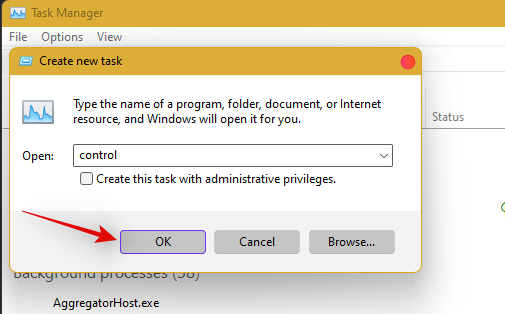
Click on ‘Date and Time’.
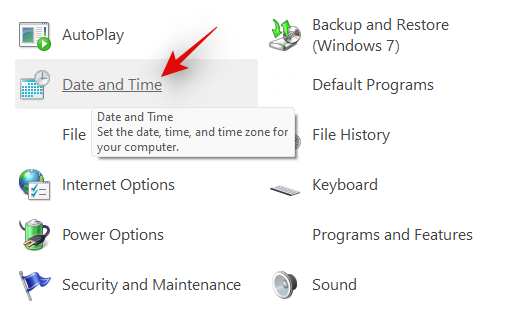
Select ‘Internet Time’ from the top.
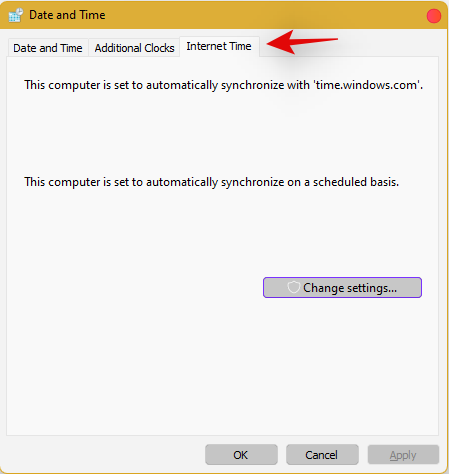
Click on ‘Change Settings’.
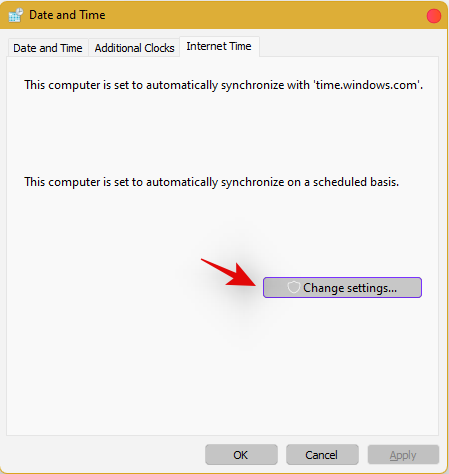
Uncheck the box for ‘Synchronize with an Internet time server’.
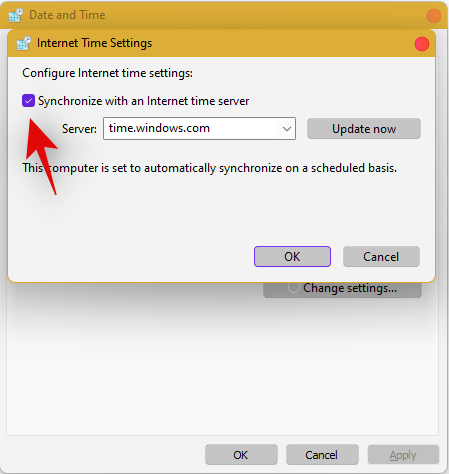
Click on ‘Ok’ once you are done.
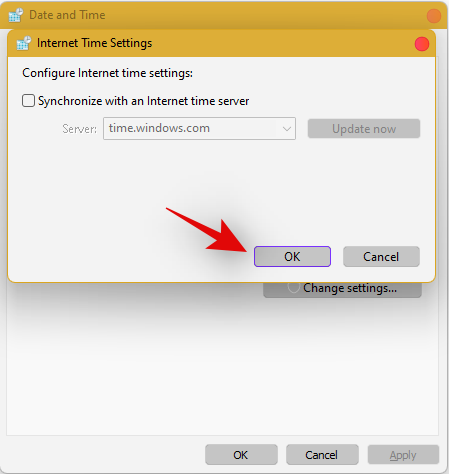
Restart your PC at this point and check your taskbar. If it is still disabled, do not fret, follow the steps above and enable Synchronization with an Internet Time Server again.
Once enabled, press Ctrl + Shift + Esc on your keyboard, and find Windows Explorer in the list on your screen. Right-click the listing and select ‘Restart’.

Once explorer restarts, try using the Taskbar. If synchronization was your issue, then it should now be fixed on your system. If not, continue with the other time fixes mentioned below.
Change date to 1 day ahead
Open the Task Manager by pressing Ctrl + Shift + Esc simultaneously. Then click on File.
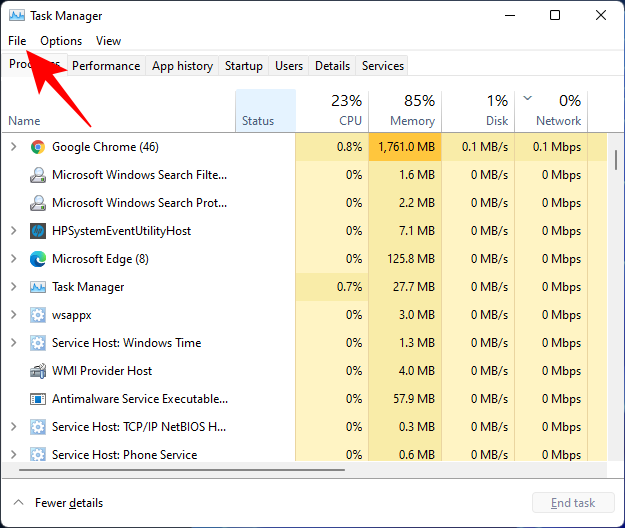
Click on Run new task.
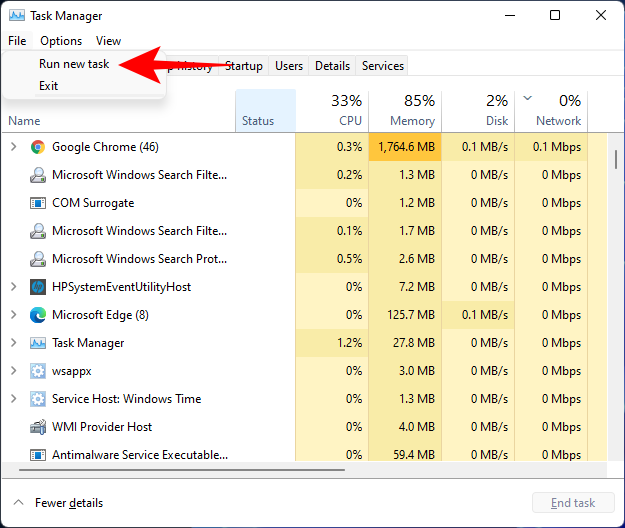
Type control panel and hit Enter.
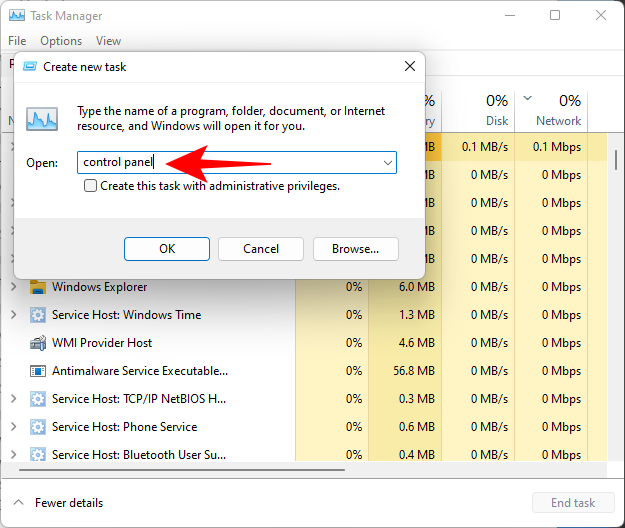
Now click on Clock and Region.
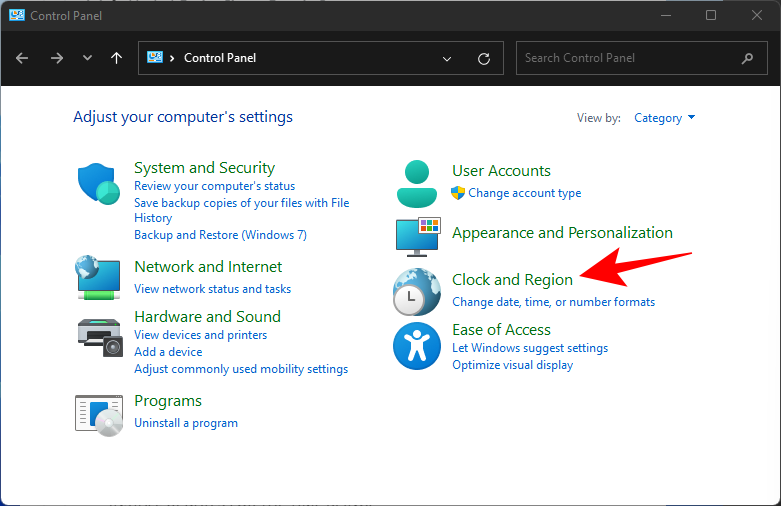
Under “Date and Time”, click on Set the time and date.
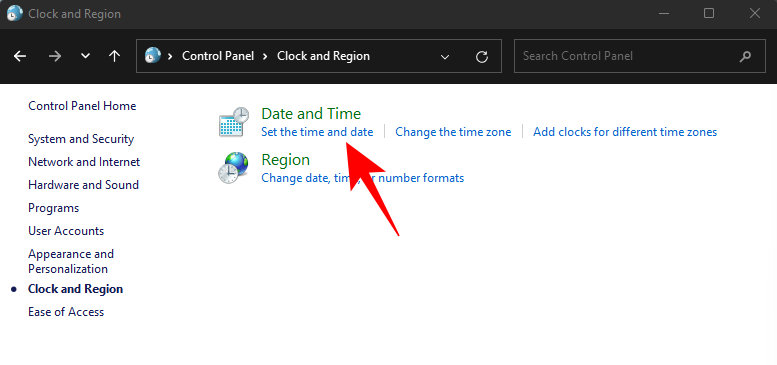
Click on the Internet Time tab to switch to it.
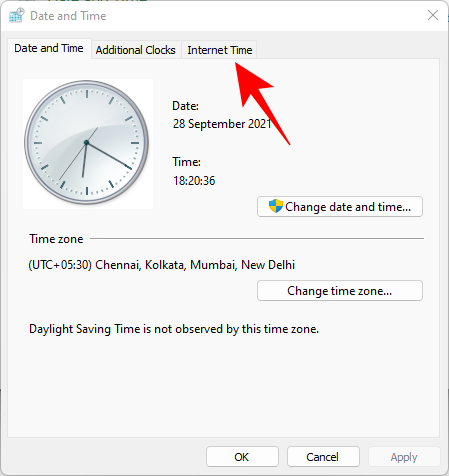
Click on Change settings…
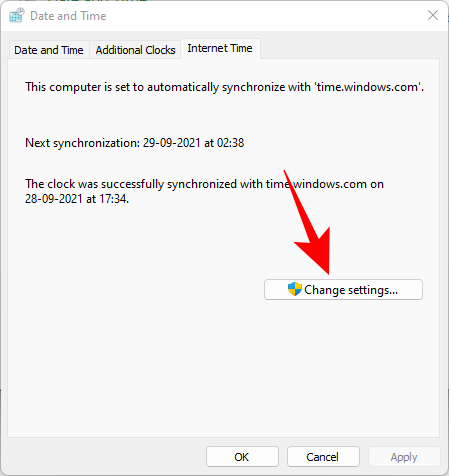
Uncheck Synchronize with an Internet time server, then click OK.
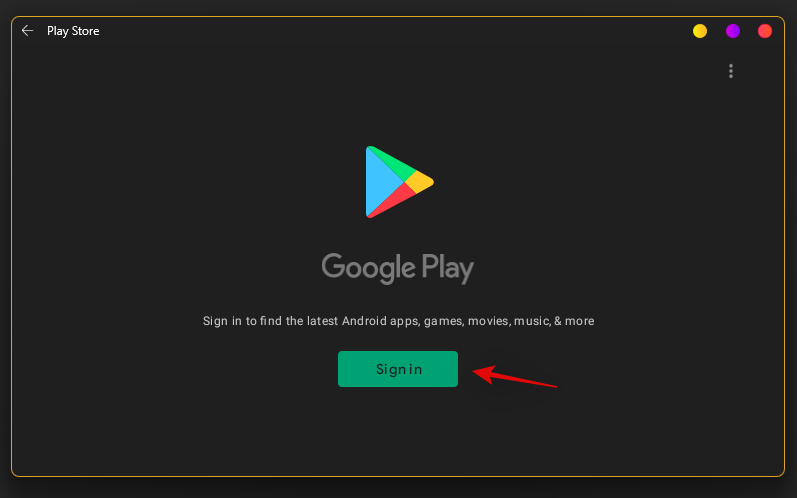
Now click on the Date and Time tab to switch back to it.

Here, click on Change date and time…
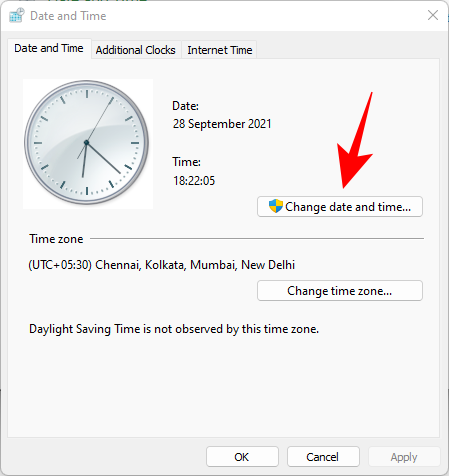
Now change the date and time to reflect tomorrow. As of writing this post, it is the 1st November so we will be changing the date to 2nd November.
Change Dates to last cumulative updates
If you are still unable to get the Taskbar working then you will have to jump through a few hoops to change your date and time multiple times and get the taskbar working on your system. Follow the guide below to get you started.
Press Ctrl + Shift + Esc on your keyboard, click on ‘File’ and select ‘Run new task’.

Type in ‘Control’ and press Enter on your keyboard.

Select ‘Date and Time’.

Switch to ‘Internet time’.

Click on ‘Change Settings’.

Uncheck the box for ‘Synchronize with an Internet Time Server’.

Click on ‘Ok’.

Switch back to ‘Date and Time’. Click on ‘Change Date and Time’ and select your date as 2nd September.
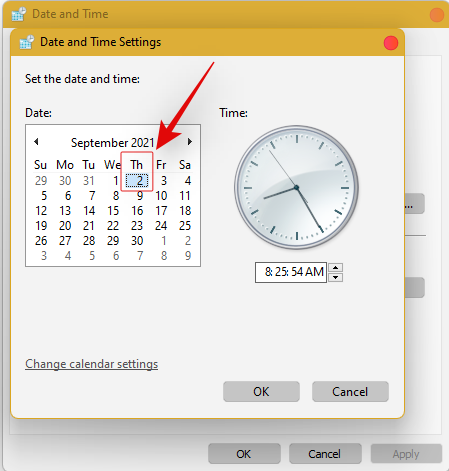
Close all windows and restart your system. Once restarted, open the ‘Date and Time’ dialog box again and change your date to 7th October this time.
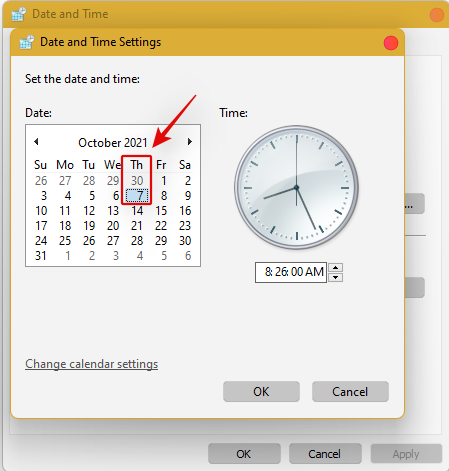
Restart your system again and Taskbar should now be back up and running on your system again. You can now enable synchronization for time again using the steps above on your system.
If synchronizing time does not work, move a month ahead to restore Taskbar
If you are still unable to get Taskbar up and running on your system again you can try the last date change fix. We recommend you use the steps above to change your date and time to a month ahead of your current date. Once changed, restart your system, and the taskbar should be up and running on your system now.
The downside of this fix is that if you revert to your normal date, Taskbar will stop working on your system. Having a mismatched date can cause issues with background syncs for various applications and cause some websites to malfunction. You will also have issues installing and getting the latest Windows Updates, so you will need to check all of these manually when updating in the future.
Fix #10: Uninstall the latest cumulative Windows Update ie: KB5006050
The cumulative update released in September for Windows 11 seems to also cause issues with the taskbar on some desktops and laptops. Use the guide below to uninstall the necessary update from your system.
Press Windows + i and select Windows Update from the left.
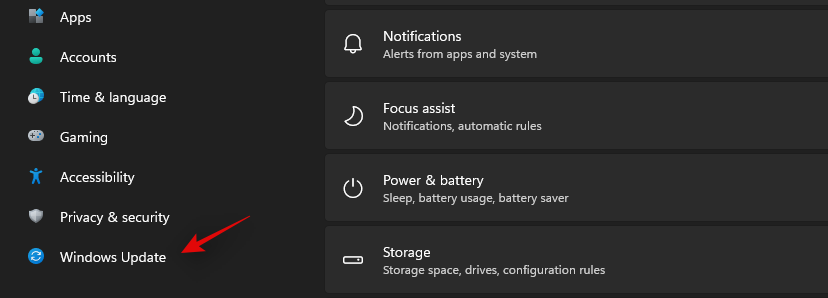
Click on ‘Update history’.
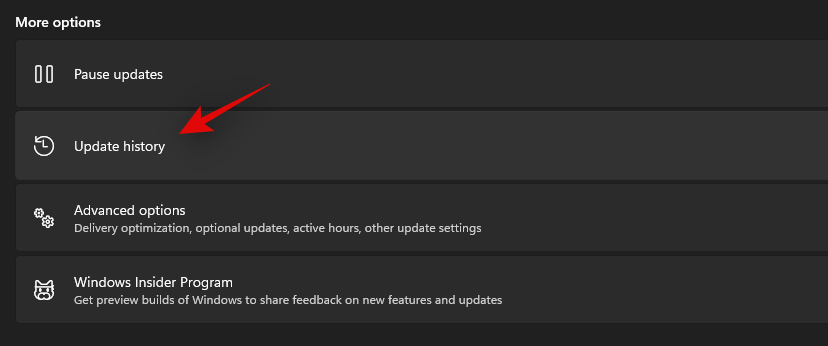
Now select ‘Uninstall updates’.
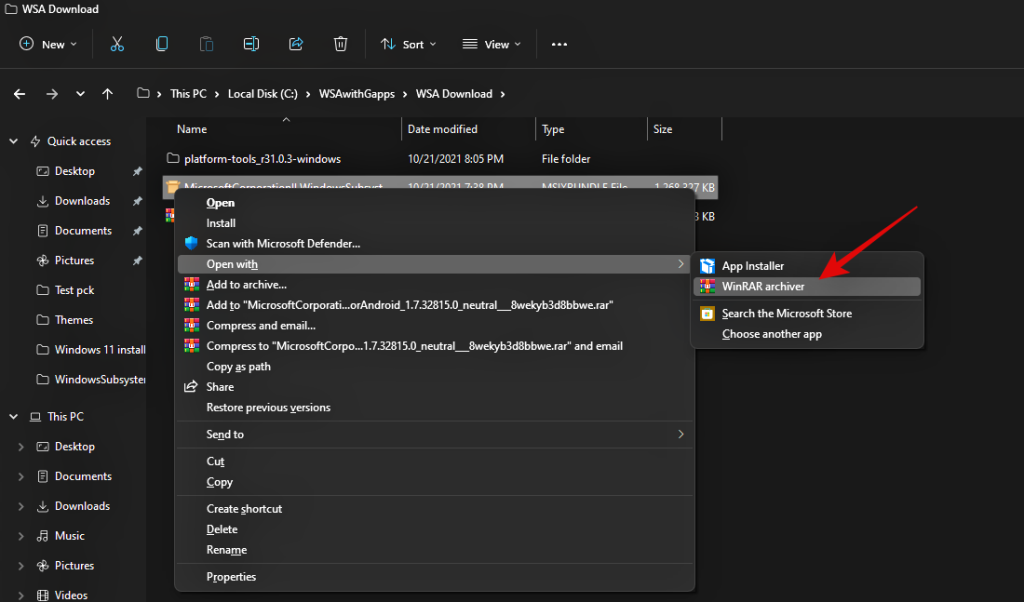
Click and select Windows Cumulative update KB5006050 from the list.
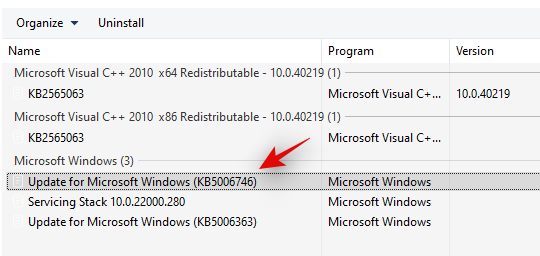
Now click on ‘Uninstall’ at the top and confirm your choice to uninstall the selected update.
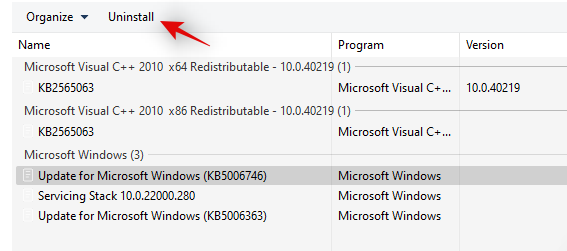
Restart your system and taskbar functionality should now be restored on your system.
Fix #11: Restore PC to a previous restore point
If you had the taskbar working at a previous point in time then we recommend you restore your PC to a previously available restore point on your system. Follow the guide below to get you started.
Press Ctrl + Shift + Esc on your keyboard and click on ‘File’. Select ‘Run new task’ once you are done.

Type in CMD and press Ctrl + Shift + Enter on your keyboard.

Now type in ‘rstrui.exe’ and press Enter on your keyboard.

The system restore utility will now launch on your system. Click on ‘Next’.
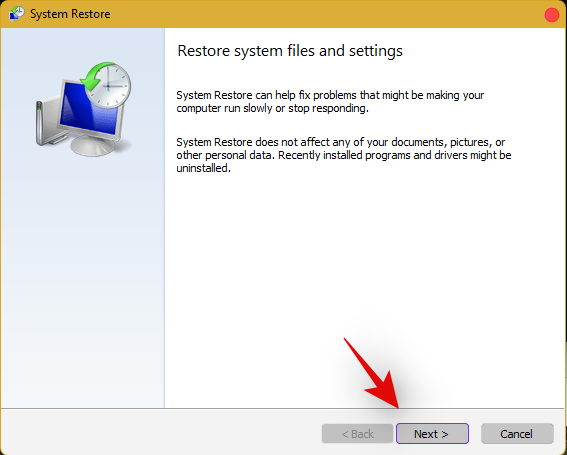
Select the desired restore point from the list on your screen. Click on ‘Next’ once you are done.
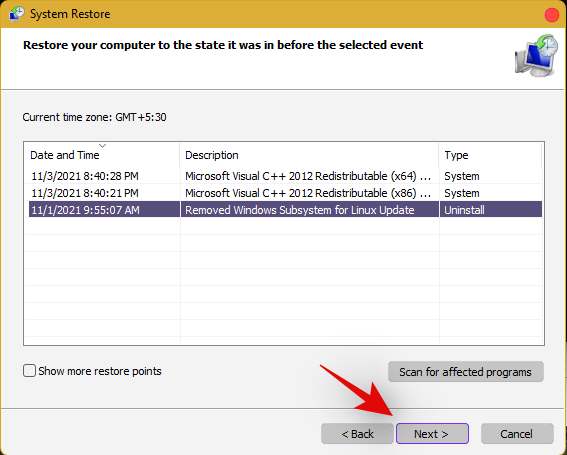
Tip: Click on ‘Scan for affected programs’ to view a list of installed programs that will be removed from your system during the restore process.
Click on ‘Finish’ once the restore finishes and restart your system.
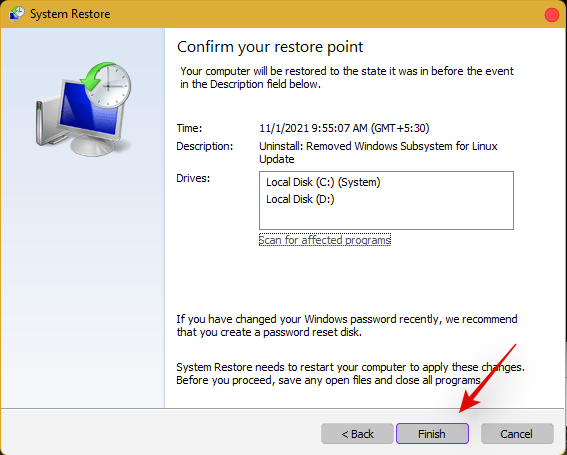
The taskbar should now be back up and running on your system again.
Fix #12: Last Resort: Create a new local admin account and transfer all your data
If by this point Taskbar still fails to work for you then it’s time for some drastic measures. You can create a new local admin account, check if Taskbar is working there, and then transfer all your data to the new account. This will be a tedious process but it is the next best way to get the taskbar working on your system without resetting your PC. Follow the guide below to get you started.
Create a new local admin account
Herre’s how you can create a new local admin account on your system.
Note: Most users facing the taskbar issue are unable to access the Settings app as well. Hence we will be using CMD to add a new local admin account to your PC. However, if the Settings app is available to you then you can use the same to add a new account as well.
Press Ctrl + Shift + Esc on your keyboard, click on ‘File’ and select ‘Run new task’.

Type in ‘cmd’ and press Ctrl + Shift + Enter on your keyboard.

CMD will now be launched as an administrator. Use the command below to add a new local admin account. Replace NAME with the Username of your choice for the new account. You can add a password later once you have confirmed that the taskbar is available in the new account.
net user /add NAME 
Once you have added the new user, use the command below to convert it to an administrator account on your PC. As usual, replace NAME with the Username for the new account you created earlier.
net localgroup Administrators NAME /add

Now type in the following to log out of your current account.
logoff

Once logged out, click on the newly added account to log in to the same. Once logged in, check if the taskbar is available in the new account. If it is, you can use the next section to transfer all your data. However, if the taskbar is still missing then you have no choice but to perform a fresh install of Windows 11 on your PC from a removable USB media drive.
Transfer all your data
Press Windows + i on your keyboard and click on ‘About’ on your right.
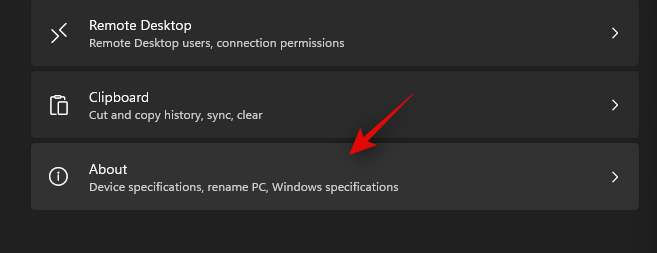
Click on ‘Advanced system settings’.

Click on ‘Settings’ under ‘User Profiles’.

Select your original profile by clicking on it and selecting ‘Copy To’.
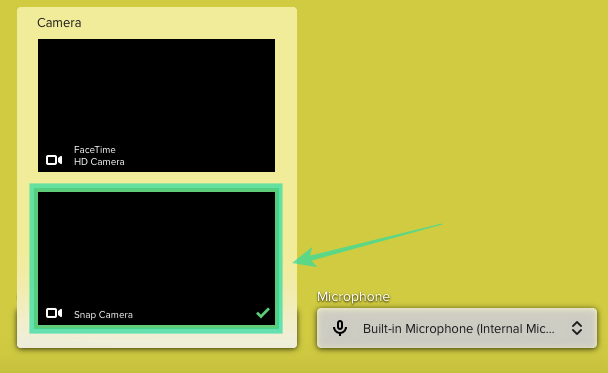
Now enter the following path under ‘Copy profile to’. Rename NAME to the username of your previous profile from where you wish to copy all your data.
C:\Users\NAME
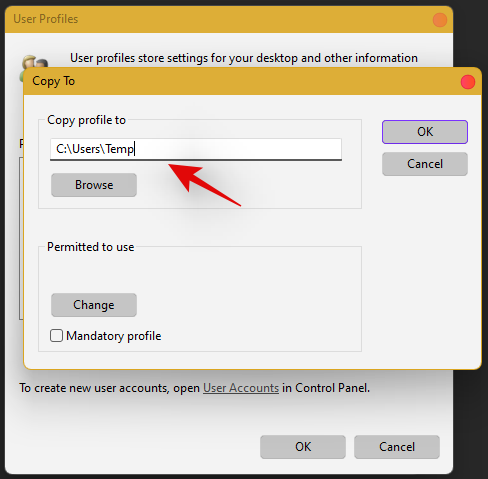
Click on ‘Change’.
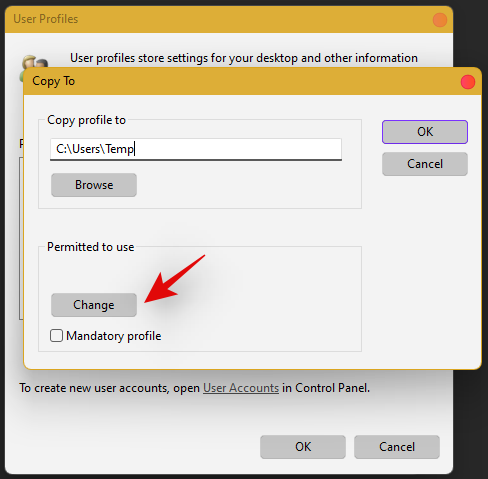
Enter the name for your new user profile and press Enter on your keyboard.
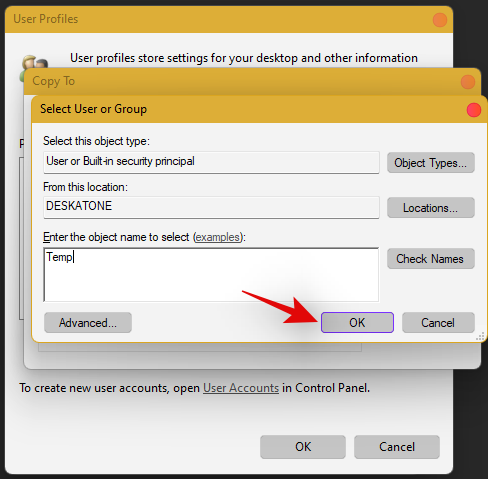
Click on ‘Ok’ once you are done.
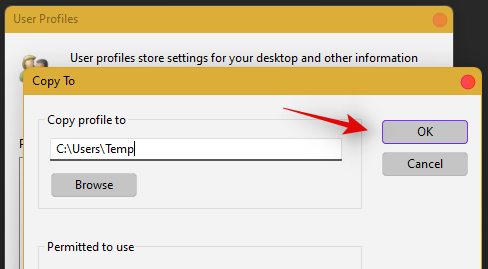
All your data will now be copied over to the new profile where the taskbar is functional on your PC. You can now delete your previous user account and set a password for your new account as well.
Frequently Asked Questions (FAQs):
With so many fixes, you are bound to have a few questions on your mind. Here are some commonly asked ones that should help you get up to speed.
How do I access Windows apps and Settings without a taskbar?
You can use the Task Manager to launch almost any program or Settings page on your system. To launch the desired program, launch the Taskbar > File > Run new task and enter the path to the program you wish to launch. Press Enter if you wish to launch the program normally or press Ctrl + Shift + Enter if you wish to launch the program with administrator privileges.
Is it safe to edit the Registry?
Registry edits are never safe as they have the potential to break your system. Fixes from trusted sources can help you avoid such issues but a good rule of thumb is to always back up your registry before making any edits. This way you can easily restore your Registry values in case some get messed up when editing the Registry.
When will Microsoft fix this issue?
Sadly, Microsoft is yet to release a proper fix for this issue. The company has tried to release a fix in the past cumulative updates to Windows 11 but they have been a hit and miss. We expect Microsoft to completely fix this issue in the upcoming feature update to Windows 11 when the OS gets the ability to run Android apps officially.
Can I update my Windows 11 after fixing the taskbar?
This will depend on the fix that you’re currently using. If you are using a date fix then you won’t be able to install updates until you restore to the current time. This will, however, cause the taskbar to be disabled again and the changes will be carried over after you update your PC. However, if you are using any other fix then you can easily update Windows.
For users with the date fix, you should try updating with the modified time first. If the update gets stuck on ‘Installing 0%’ or ‘Downloading 100%’ then change your date and time to the current date and time and update your PC. Ensure that you do not restart explorer or your PC during this process to keep the current instance of the taskbar alive on your system during the update process. This should help fix the issue for you once Microsoft officially releases an update to fix the issue.
We hope you were able to easily get the taskbar back up and running on your system using the guide above. If you face any more issues, feel free to reach out to us using the comments section below.
Related:











































































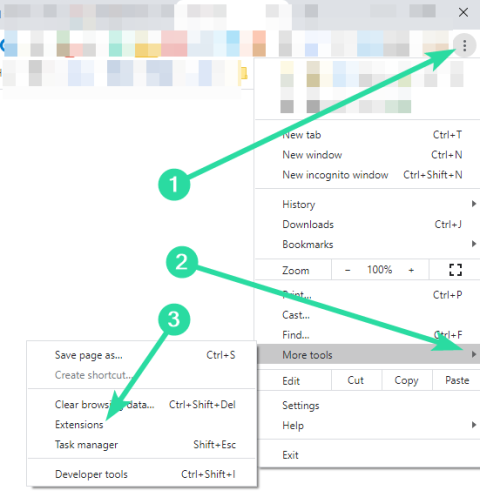

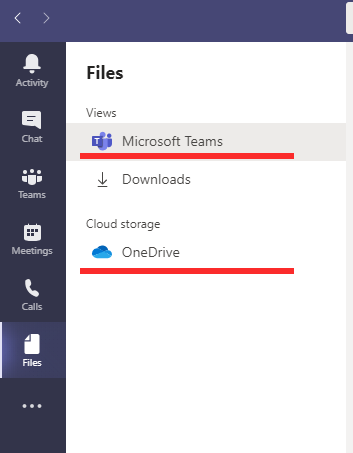






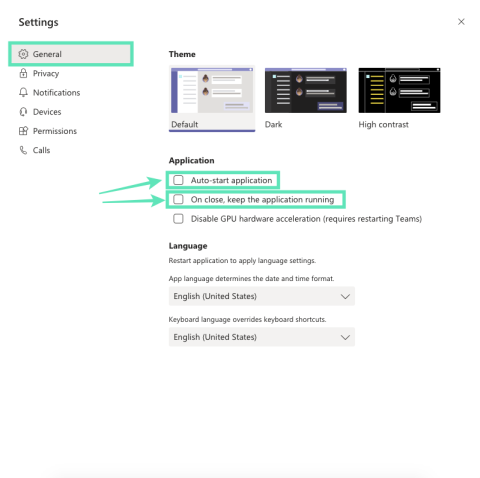
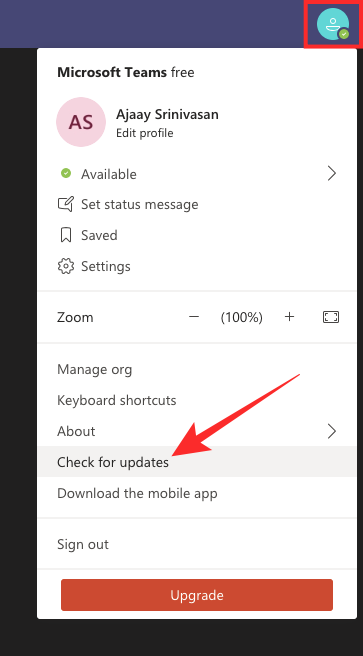




![Como corrixir o erro da pantalla verde de Windows 11 [8 xeitos] Como corrixir o erro da pantalla verde de Windows 11 [8 xeitos]](https://blog.webtech360.com/resources8/images31/image-5564-0105182715287.png)
![[Actualización: 8 de novembro] A ferramenta de recorte non funciona en Windows 11? Como solucionar problemas de erro ou atallos de Esta aplicación non se pode abrir. [Actualización: 8 de novembro] A ferramenta de recorte non funciona en Windows 11? Como solucionar problemas de erro ou atallos de Esta aplicación non se pode abrir.](https://blog.webtech360.com/resources8/images31/image-6552-0105182756436.jpg)
